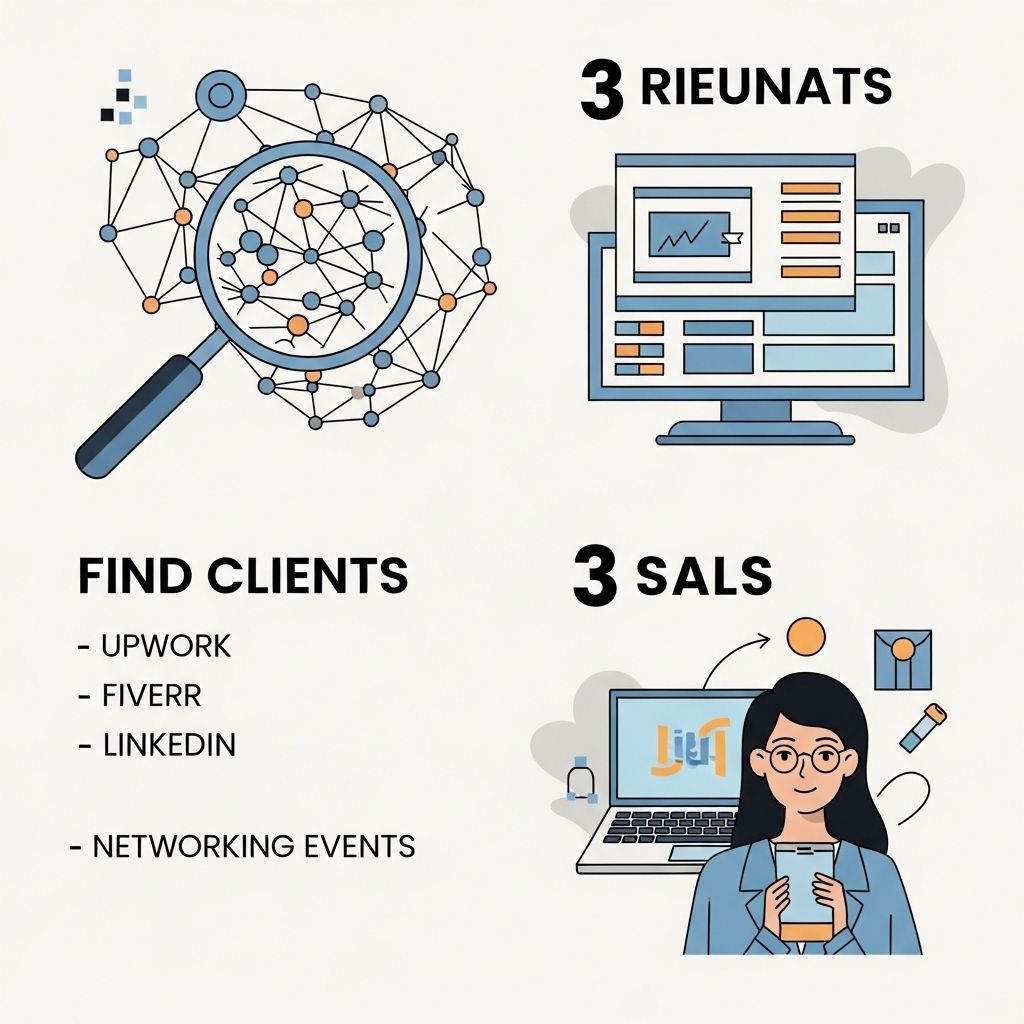Freelancing has emerged as a powerful alternative to traditional employment, providing individuals the freedom to choose their projects and set their schedules. However, the path to successful freelancing is not without its challenges. In this article, we will explore essential tips that can help you navigate the freelancing landscape, ensuring that your efforts pay off in the long run.
Understanding the Freelance Market
Before diving into freelancing, it’s crucial to understand the market dynamics. The freelance industry is diverse and constantly evolving. Here are a few key aspects to consider:
- Demand for Skills: Identify which skills are in high demand. Research trends in your field to stay updated.
- Competition: Analyze your competition. Knowing who you are up against can help you differentiate your services.
- Target Audience: Define your ideal clients. Understanding who needs your services will guide your marketing efforts.
Building a Strong Portfolio
Your portfolio is your calling card in the freelancing world. It showcases your skills and experience to potential clients. Here’s how to build an impressive portfolio:
Selecting Projects
Choose projects that highlight your strengths. Aim for diversity, but ensure that all pieces align with your target market. Consider the following:
- Feature your best work prominently.
- Include a variety of projects to demonstrate versatility.
- Showcase client testimonials to build credibility.
Online Portfolio Platforms
There are several platforms that can host your portfolio:
| Platform | Best For |
|---|---|
| Behance | Creative professionals |
| GitHub | Developers |
| Dribbble | Designers |
| All professionals |
Effective Networking
Networking is crucial for freelancers. It opens doors to new opportunities and helps you build relationships within your industry. Here are some strategies:
Online Networking
Leverage social media platforms to connect with other professionals:
- LinkedIn: Join groups related to your industry.
- Twitter: Follow and engage with influencers in your field.
- Facebook: Participate in freelance and industry-specific groups.
Offline Networking
Don’t underestimate the power of face-to-face connections. Attend industry conferences, workshops, and local meetups. Consider:
- Preparing a quick elevator pitch about your services.
- Bringing business cards to every event.
- Following up with contacts after the event.
Setting Competitive Rates
Determining your rates can be challenging. Underpricing can undervalue your work, while overpricing can deter potential clients. Consider the following:
Market Research
Research what competitors in your niche charge. Take into account:
- Your level of experience.
- Your geographical location.
- The complexity of the project.
Flexible Pricing Models
Explore different pricing strategies:
- Hourly Rate: Charge based on the time spent.
- Project-Based Rate: Fixed pricing for the entire project.
- Retainer Contracts: Ongoing work for a set fee.
Effective Time Management
Time management is crucial for freelancers. Without the structure of a 9-to-5 job, it’s easy to get sidetracked. Here are some tips:
Use Productivity Tools
Consider utilizing tools to enhance your productivity:
- Trello: For project management.
- Toggle: For time tracking.
- Google Calendar: For scheduling and reminders.
Establish a Routine
Creating a daily routine can help maintain focus:
- Set specific work hours.
- Dedicate time for breaks to avoid burnout.
- Start and end your day with a review of your tasks.
Client Communication
Clear and effective communication with clients is essential. Misunderstandings can lead to frustration and unsatisfactory work. Follow these guidelines:
Set Clear Expectations
At the beginning of a project, clarify:
- Project timelines.
- Deliverables.
- Payment terms.
Regular Updates
Keep clients informed about your progress:
- Send weekly updates on project status.
- Be proactive in discussing any challenges.
- Ask for feedback throughout the project lifecycle.
Continuous Learning and Improvement
The freelancing landscape is constantly evolving; staying updated is key to success. Here are ways to enhance your skills:
Online Courses and Workshops
Invest in professional development by taking online courses in your field. Some popular platforms include:
- Coursera
- Udemy
- LinkedIn Learning
Join Professional Associations
Become a member of relevant professional organizations. These associations often provide:
- Networking opportunities.
- Access to exclusive resources and training.
- Certification programs.
Maintaining Work-Life Balance
While freelancing offers flexibility, it can also lead to overworking. To maintain a balance:
Set Boundaries
Establish clear boundaries between work and personal life:
- Create a dedicated workspace.
- Set specific work hours.
- Turn off notifications outside of work hours.
Prioritize Self-Care
Incorporate self-care into your routine to avoid burnout:
- Take regular breaks throughout the day.
- Engage in physical activity.
- Pursue hobbies or interests outside of work.
Conclusion
Freelancing can be a rewarding career choice, offering flexibility and the opportunity for personal and professional growth. By following these tips, you can set yourself up for success and ensure that your freelancing efforts truly pay off. Embrace the journey, continuously adapt, and watch your freelance career flourish.
FAQ
What are the best tips for successful freelancing?
The best tips for successful freelancing include setting clear goals, managing your time effectively, networking with other professionals, continuously updating your skills, and maintaining a positive work-life balance.
How can I find clients as a freelancer?
You can find clients as a freelancer by leveraging platforms like Upwork and Fiverr, utilizing social media for outreach, attending networking events, and asking for referrals from past clients.
What should I charge for my freelance services?
Your freelance rates should reflect your skills, experience, and the complexity of the project. Research industry standards and consider starting with competitive rates while gradually increasing them as you gain more experience.
How can I manage my time effectively as a freelancer?
To manage your time effectively as a freelancer, create a structured schedule, prioritize tasks, use productivity tools, and set boundaries to minimize distractions.
What tools can help improve my freelancing workflow?
Tools like Trello for project management, QuickBooks for invoicing, Slack for communication, and Canva for graphic design can significantly improve your freelancing workflow.
How do I handle difficult clients in freelancing?
To handle difficult clients in freelancing, maintain clear communication, set expectations upfront, document all agreements, and remain professional even in challenging situations.




